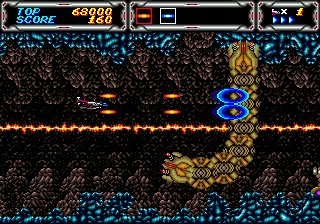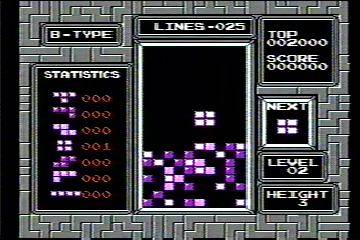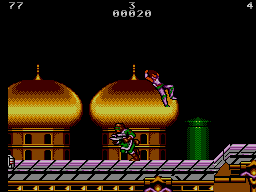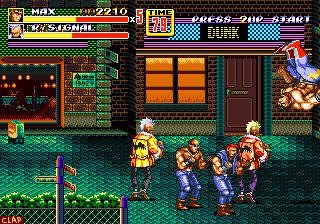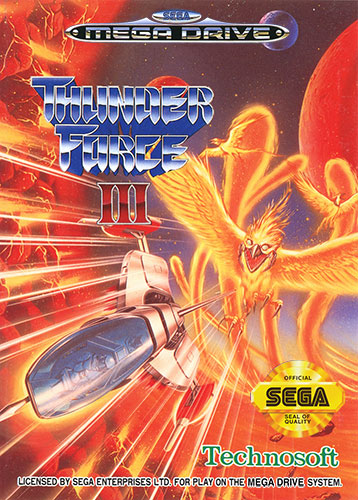
by damianlopez | gen. 30, 2020
Thunder Force III is a scrolling shooter game developed by Technosoft. It is the third chapter in the Thunder Force series. It was released in 1990 in Japan, Europe and the United States for the Sega Genesis. During the same year, it was retooled into an arcade game named Thunder Force AC. In 1991, Thunder Force AC was ported to the Super Nintendo Entertainment System under the title Thunder Spirits.
Plataforma
Megadrive Mini
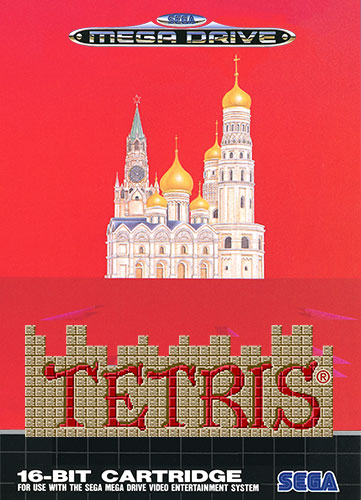
by damianlopez | gen. 30, 2020
Tetris is an electronic puzzle game that was created by Alexey Pajitnov in 1984, while working in the USSR as a computer programmer. Pajitnov often programmed games to test new equipment using simple tasks, and in his spare time, developed a computer game inspired by his favorite puzzle board game Pentominos. The objective of Pentominos was to fit 12 different geometric-shaped pieces formed out of five squares into a box. Pajitnov’s vision was to create an electronic game where players arranged puzzle pieces in real time by having them “fall” faster and faster from the top of the screen. Pajitnov designed the game using seven distinctive playing pieces made from four squares. He called it Tetris, after “tetra,” the Greek word for four, and tennis, his favorite sport. After giving the game to his colleagues, it became an instant, hugely addictive hit, and shortly thereafter spread like wildfire throughout the Soviet Bloc’s computer literate. His subsequent friendship with game designer, Henk Rogers, now Blue Planet Software Chairman and Managing Director of The Tetris Company, brought the Tetris game out of the Soviet Union to become one of the most widely played electronic games of all time.
Plataforma
Megadrive Mini
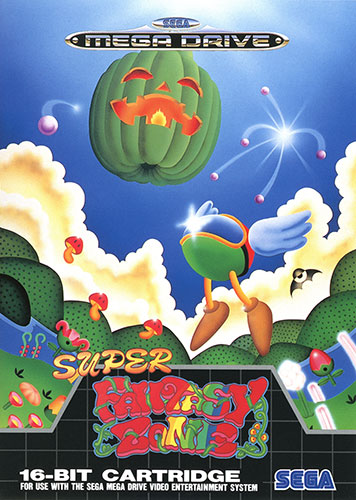
by damianlopez | gen. 30, 2020
Super Fantasy Zone (スーパーファンタジーゾーン) is an entry in the Fantasy Zone series of games, and was initially released in 1992 for the Sega Mega Drive. Unlike previous outings, Super Fantasy Zone was handled entirely by Sunsoft (under license from Sega), who had previously brought Fantasy Zone and Fantasy Zone II to the Nintendo Famicom. For unknown reasons the game was not released in cartridge form in North America, but is currently unconfirmed as being a Sega Channel title. It eventually saw a more widespread release as part of the Wii’s Virtual Console service.
Plataforma
Megadrive Mini
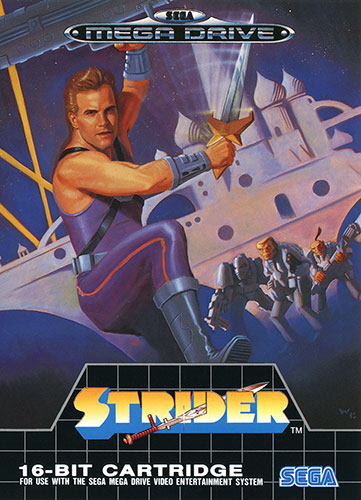
by damianlopez | gen. 30, 2020
The controls of Strider consist of an eight-way joystick and two action buttons for attacking and jumping. The player controls Hiryu himself, whose main weapon is a tonfa-like plasma sword known as “Cypher”. He can perform numerous acrobatic feats depending on the joystick/button combination used. Pressing the jump button while Hiryu is standing still will cause him to do a regular vertical jump, while pressing the jump button while pushing the joystick left or right will enable him to do a cartwheel jump. Hiryu can also slide under or through certain obstacles and enemies by first crouching down and then pressing the jump button. As well as his sliding move, both jumps can also be used to destroy weaker opponents. Hiryu is able to latch onto certain platforms, and climb across walls and ceilings using a metallic hook. While running down a sloped surface, Hiryu can gain enough momentum to allow him to do a longer cartwheel jump than usual. Numerous power-ups can be obtained from item boxes carried by certain enemies. These includes an extension to Hiryu’s attack range that lasts for one hundred slashes, two types of health aids (represented by the kanji used to write Hiryu’s name: 飛 and 飛竜), a max health extension (represented by the kanji 竜, the second character in Hiryu’s name), an extra life, and a power-up that not only makes Hiryu invulnerable to attack but also increases his own attack abilities via shadow images of himself for 15 seconds.[3] Hiryu can also summon robotic companions known collectively as “options” that help him fight enemies. These consist of up to two mushroom-like droids, a saber-toothed tiger and a hawk, known individually as Option A, B and C respectively. The game has five stages: the Kazakh Soviet Socialist Republic (called “St. Petersburg” during the arcade game’s attract sequence), the Siberian Wilderness, the Aerial Battleship Balrog (געלראב), the Amazonian Jungle, and the Grandmaster’s lair itself, the Third Moon. Each of the stages is divided into a number of smaller sections, each with their own time limit and checkpoint location. The player has a three-point health gauge (which can be increased to five points with the health extensions. Hiryu will lose a life when either his health gauge is fully depleted, by moving him off the screen entirely (like falling into a bottomless pit) or when the game’s timer reaches zero. It’s Game Over when all of Hiryu’s lives are lost, but the player can be given the opportunity to continue.
Plataforma
Megadrive Mini
Jugadors
Singleplayer, Local Multiplayer
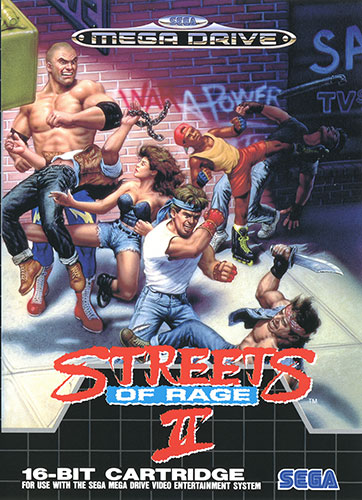
by damianlopez | gen. 30, 2020
Mr. X and the Syndicate are back, this time taking Adam hostage! Take on the role of Axel, Blaze, Skate, or Max to rescue Adam, and destroy Mr. X once and for all.
Plataforma
Megadrive Mini



